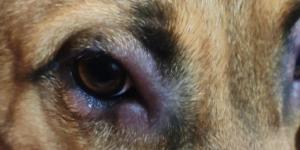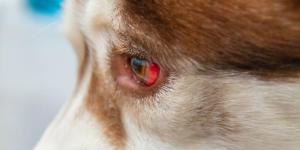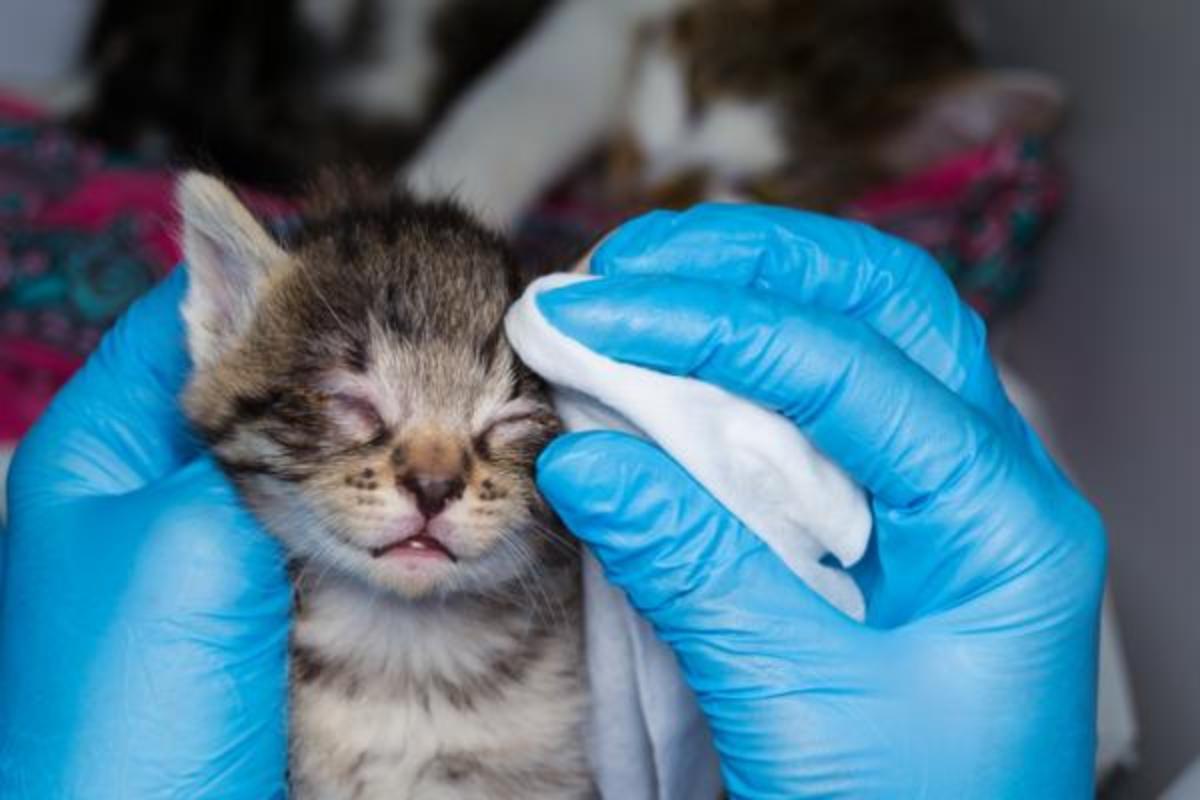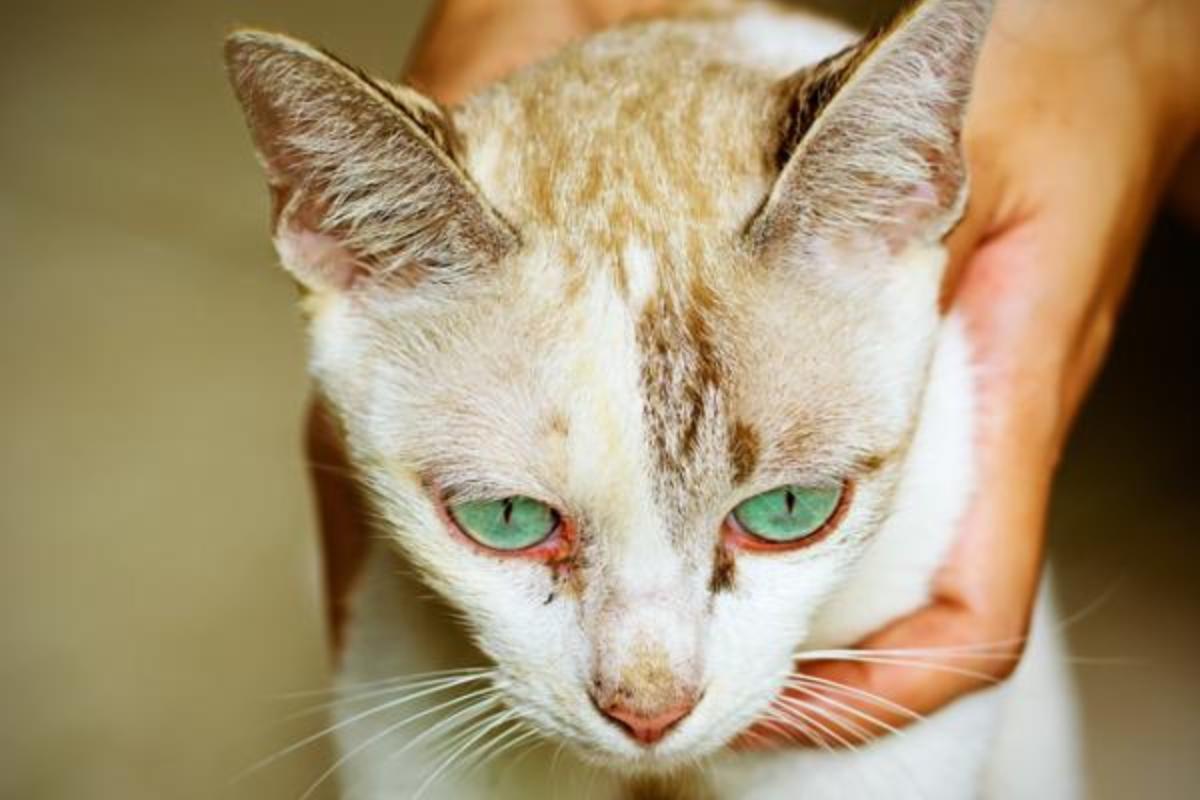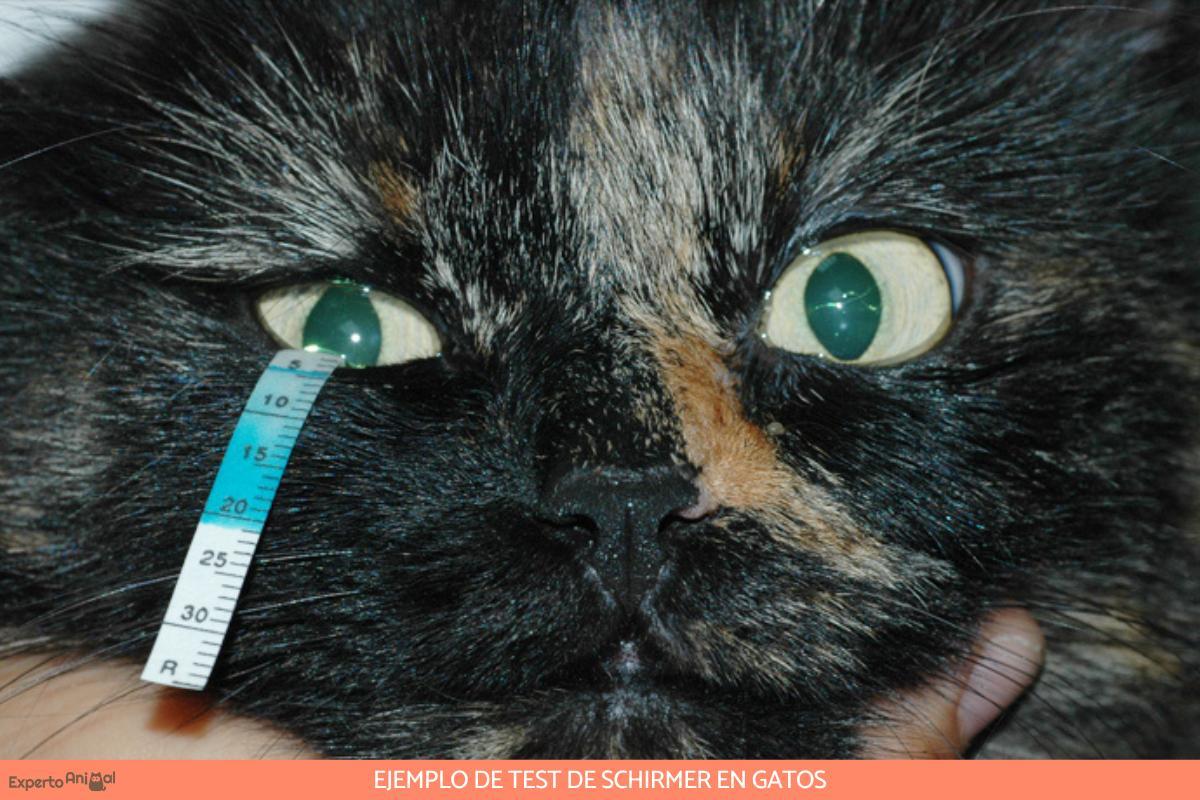My Cat Has a Swollen Eyelid

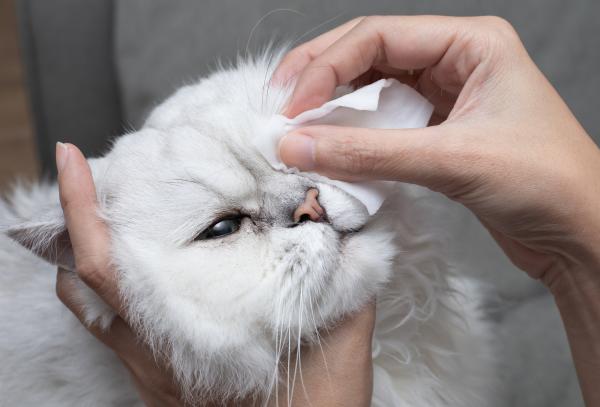

See files for Cats
A cat's eyes are not only revelatory about their ocular health, but they can point to issues with their overall well-being. When we see a problem like blepharitis, we should know it is a relatively common problem in feline ophthalmology. Among the main causes of eyelid inflammation in cats, we can see primary skin problems, bacterial, viral or parasitic infections, or autoimmune diseases. This can make diagnosis of the cause of blepharitis in cats difficult, but it is vital to find the correct treatment.
At AnimalWised, we look at why my cat has a swollen eyelid. We delve into the various, causes, symptoms and treatment of swollen eyelids in cats, but insist a cat should be taken to a veterinarian if blepharitis is suspected.
What is blepharitis in cats?
Blepharitis is a general term for a swollen eyelid in cats. The inflammation of the cat's eyelid encompasses the epidermis of the middle parts of the eyelid. These are made up of glands, connective tissue and muscle. Depending on its appearance, we can differentiate between:
- Ulcerative blepharitis: when the epidermis ulcerates.
- Desquamative blepharitis: if flaking or scaling of the epidermis is present.
- Pustular blepharitis: when there are papules or pustules that may or may not be itchy.
Blepharitis in cats can also produce an inflammation of the inner surface of the eyelid. In these cases, the cat will find the area irritating and will try to scratch it. This can exacerbate the swelling and irritation of the eyelids further.
Learn more about ocular disease in cats with our guide to feline corneal ulcers.
Types of blepharitis in cats
There are two types of eyelid inflammation in cats depending on the degree of involvement of the eyelids, partial blepharitis and total blepharitis:
- Partial blepharitis: partial blepharitis can be anterior, when it only affects the outer and front part of the eyelid where the eyelashes emerge, or posterior, which affects the glands that produce fat located in the part lower lid. Posterior blepharitis causes increased fat production and is the more common type of the two.
- Total blepharitis: occurs when anterior blepharitis and posterior blepharitis occur at the same time, affecting both the inner and outer face of the cat's eyelid.
Causes of blepharitis in cats
Any inflammatory problem can be responsible for blepharitis in cats. These types of inflammation can be due to the following underlying causes:
- Congenital anomaly: cats are born with eyelid alterations from birth which makes them prone to the development of blepharitis. These anomalies can be poor growth or positioning of the eyelashes, double eyelid margins or entropion or prominent nasal folds, among others. Brachycephalic cats are also more prone to blepharitis due to having these facial folds between the eyes and nose. They often have a certain inability to close the eyelids correctly.
- Allergies or hypersensitivity: they can be of four types. Type I or immediate occurs against frequent allergens such as food, dust or insect bites, type II or cytotoxic can be due to pemphigus, type III or immune complexes occurs in diseases such as lupus or adverse reaction to drugs and type IV, or cell-mediated, is also caused by flea bites, drug reaction, or contact hypersensitivity. Learn more with our article on signs of allergies in cats.
- Bacterial infections: bacteria can infect the surface of the eyelids and produce an inflammatory process responsible for blepharitis. The most frequently implicated bacteria are staphylococci and streptococci.
- Viral infections: some viruses, such as feline herpesvirus type 1 (the causative agent of feline rhinotracheitis), can cause blepharitis in cats.
- Parasites: parasitic agents responsible for diseases such as sarcoptic or demodectic mange and the cuterebra parasite can cause inflammation of the eyelids.
- Trauma: lacerations, blows, wounds, scratches or burns can cause blepharitis due to direct damage of the eyelid structures.
- Eye diseases: certain eye diseases in cats, such as keratitis, conjunctivitis or dry eye syndrome (keratoconjunctivitis), can predispose cats to blepharitis.
- Tumors: some tumors produced in the area can cause inflammation of the eyelids, such as adenocarcinomas or sebaceous adenomas, mastocytoma or squamous cell carcinoma.
- Idiopathic or of unknown origin: when the cause that causes the inflammation of the eyelids is unknown.
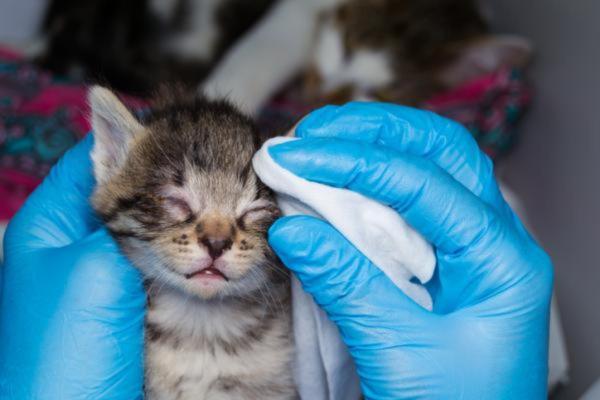
Symptoms of blepharitis in cats
In addition to the cat's eyelid being swollen, blepharitis in cats can produce various types of symptoms. It can affect one or both eyes and cats can show the following clinical signs:
- Redness of the eyelid and red eyes
- Itching
- Eyelid inflammation
- Eye discomfort
- Scratching at the eye
- Pustules, ulcers, or flaking on the eyelids
- Conjunctivitis (manifested with redness, itching and tearing)
- Mucopurulent or mucous secretion
- Styes
Mucus secretion is more frequent in bacterial or viral blepharitis or when the cat has begun to scratch at their eyes. It erodes the skin and damage nearby tissues, in turn predisposing it to secondary bacterial infection.
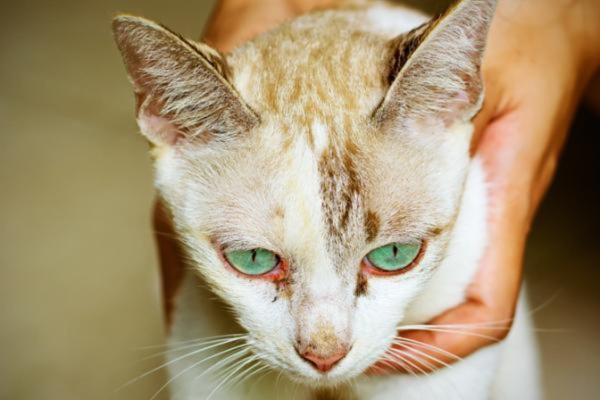
Diagnosis of blepharitis in cats
Blepharitis can be diagnosed with the naked eye by observing the aforementioned clinical signs, specifically the swelling of the eyelids with their redness and itching. However, the underlying cause needs to be determined in order to treat it, something which requires a series of diagnostic tests.
Among these tests to diagnose blepharitis in cats we can find:
- Schirmer's test: reveals the level of tear production, specifically if it is sufficient to keep the eye moist. It is carried out together with a comprehensive ophthalmological examination in order to find ocular abnormalities and diagnose other processes associated with blepharitis such as conjunctivitis, dry eye syndrome or keratitis.
- Conjunctival cytology: to analyze a sample of tissue and look for possible microorganisms involved in blepharitis.
- Biopsy: will allow the diagnosis of tumors that can cause blepharitis.
- Blood analysis can also give us information on the general condition of the cat. Together with a physical examination, it can provide extremely important information for your veterinarian to diagnose the cause of blepharitis in your feline.

Treatment of blepharitis in cats
The treatment of blepharitis in cats will depend on its underlying cause that is causing it, but cleaning the eyer area is important with any reason why your cat has swollen eyelids. Cleaning the eyelid reduces the risk of propagation of possible microorganisms and removes the remains of dirt and dermatological lesions that the process produces. Cleaning is done with physiological serum or other eye solutions carefully and focusing on the eyelids.
- Bacterial infection: topical or systemic antibiotics effective against the bacteria that produce it will be necessary. This information is obtained thanks to an antibiogram after bacterial culture.
- Viral infection: the treatment will be symptomatic to act against a viral agent, such as feline herpesvirus.
- Parasites: effective antiparasitic drugs should be used for the type of parasite in question.
- Allergies: drugs that control or limit the immune system such as corticosteroids or antihistamines should be used, as well as avoiding agents that trigger the allergy.
- Eye disease: this must be treated to avoid problems such as blepharitis and improve the feline's quality of life.
- Congenital blepharitis: surgery may be necessary to correct certain anatomical problems that predispose them to develop blepharitis.
- Tumors: when the blepharitis is secondary to a tumor, it must be removed and treated with chemotherapy or other effective therapies depending on the neoplasm in question.
Find out more about diseases and disorders of the rest of the cat's eye with our article on why a cat's eyes are red and swollen.
This article is purely informative. AnimalWised does not have the authority to prescribe any veterinary treatment or create a diagnosis. We invite you to take your pet to the veterinarian if they are suffering from any condition or pain.
If you want to read similar articles to My Cat Has a Swollen Eyelid, we recommend you visit our Eye problems category.
- Oliver, J., &, Mitchell, N. (2016). Manual of feline ophthalmology. Publisher Servetus.
- Turner. S. M. (2010). Small Animal Ophthalmology. ELSEVIER Spain, SL


